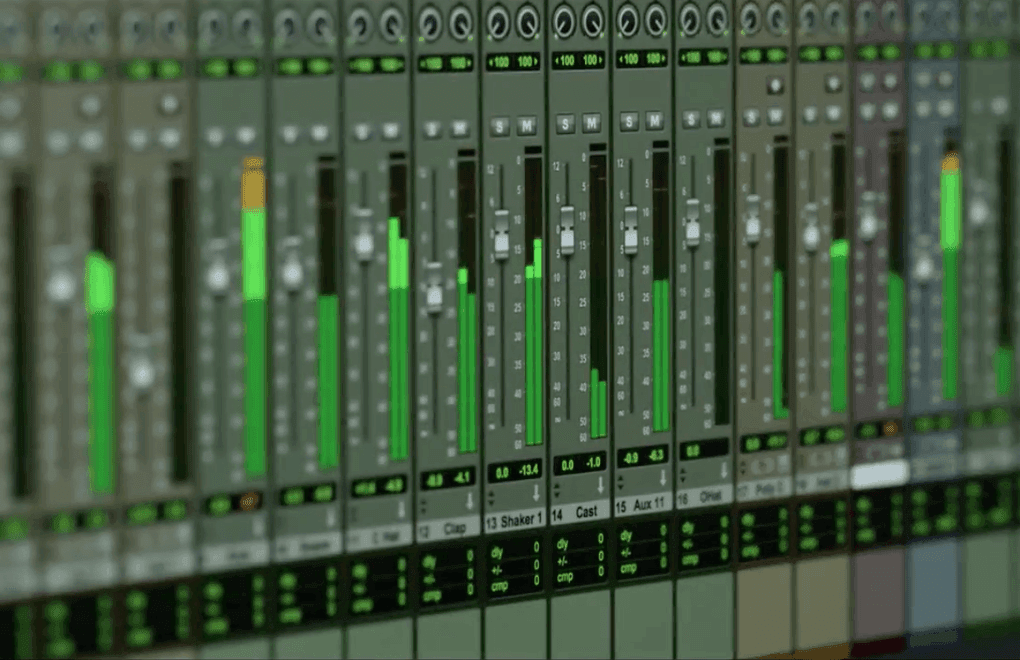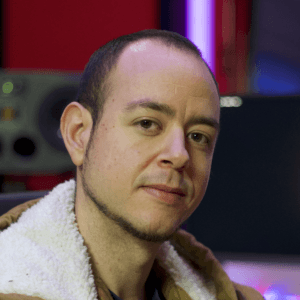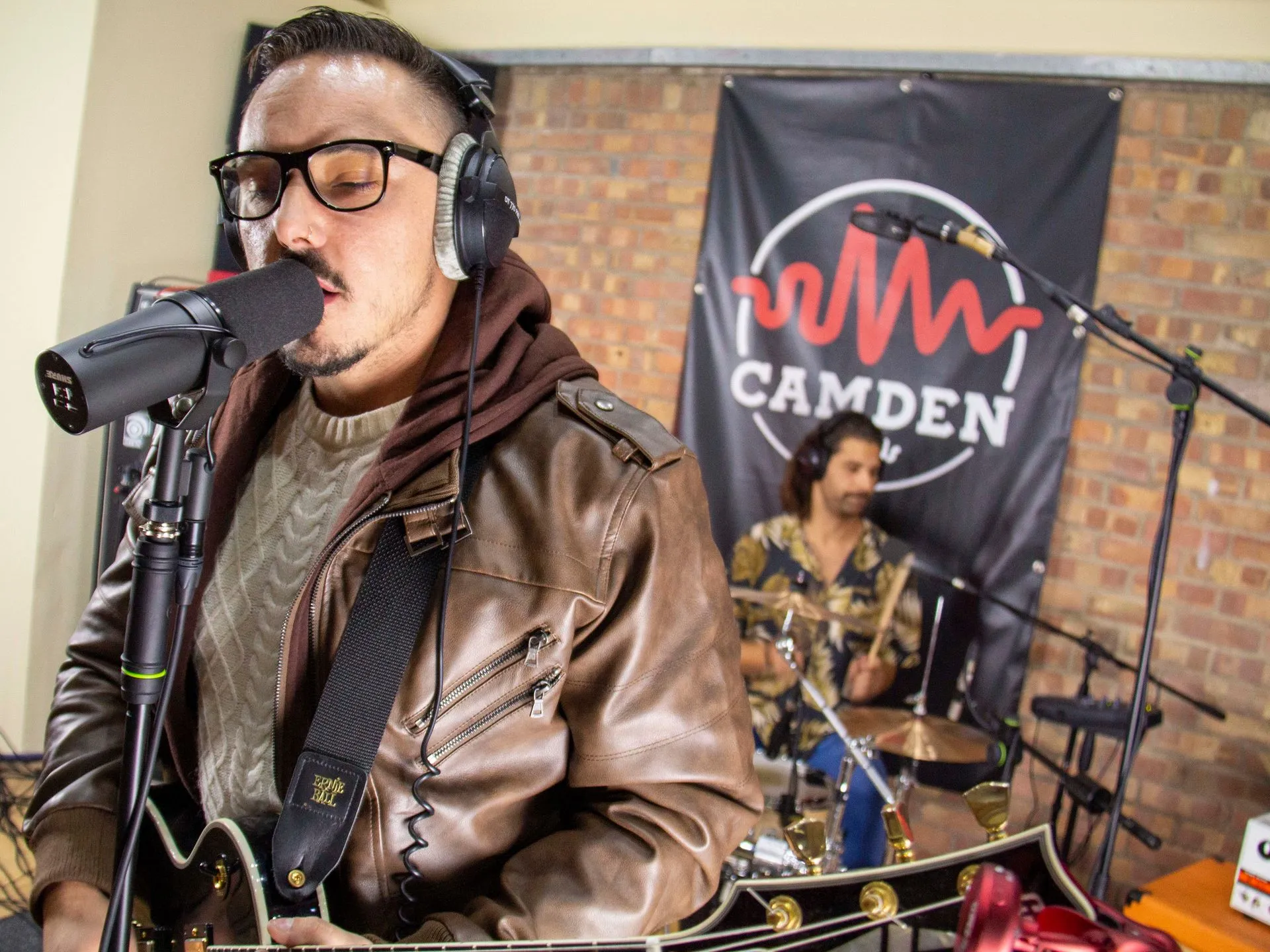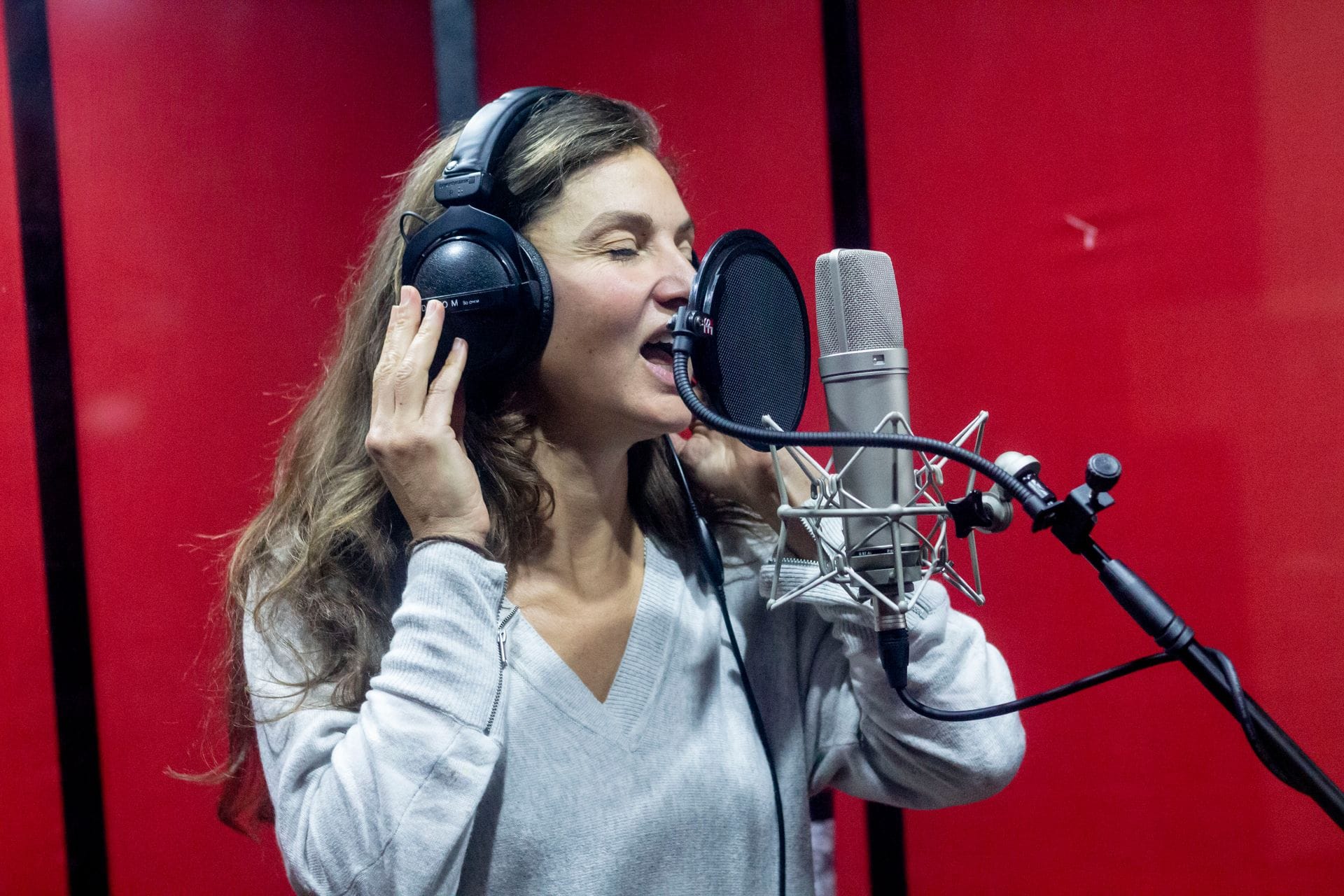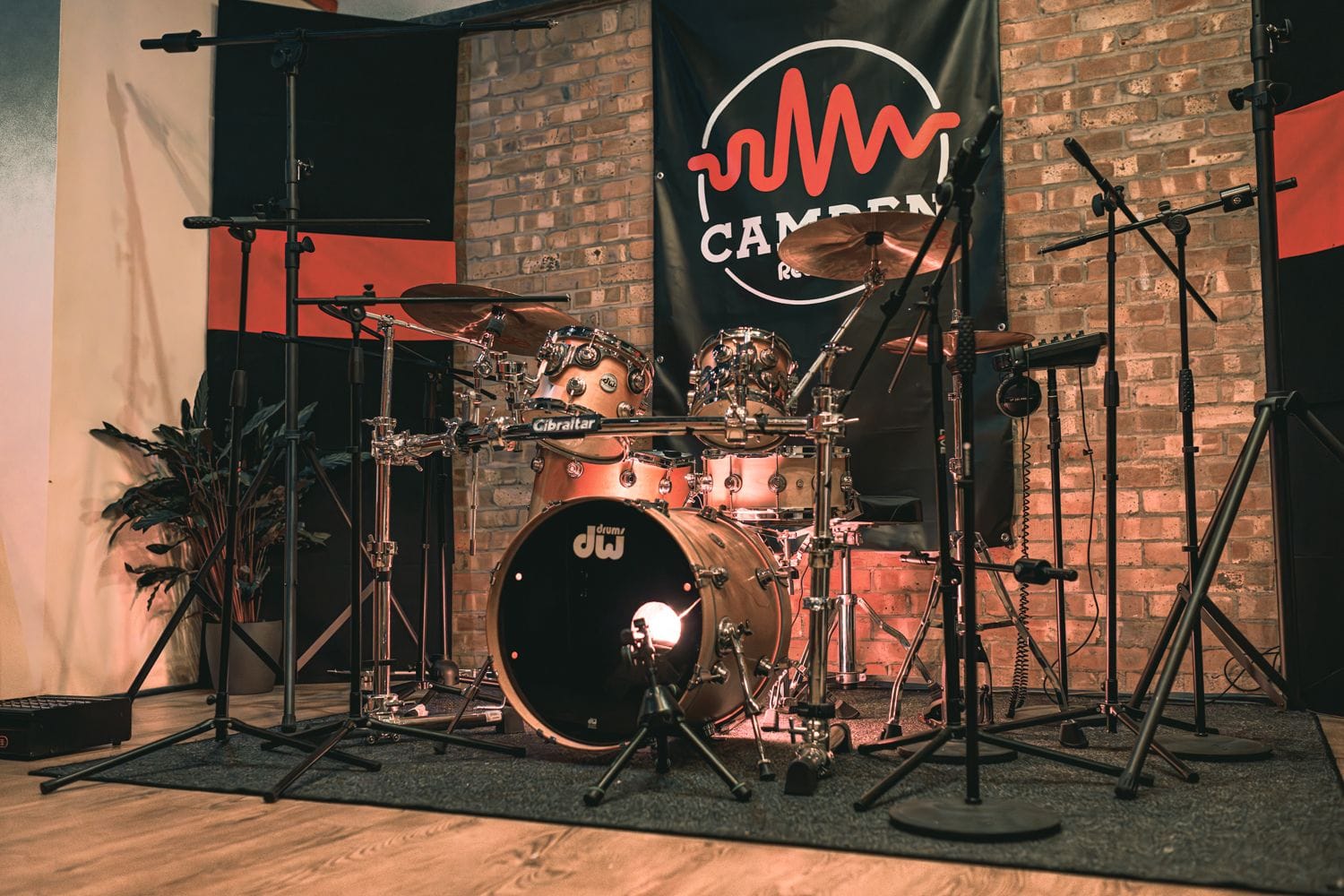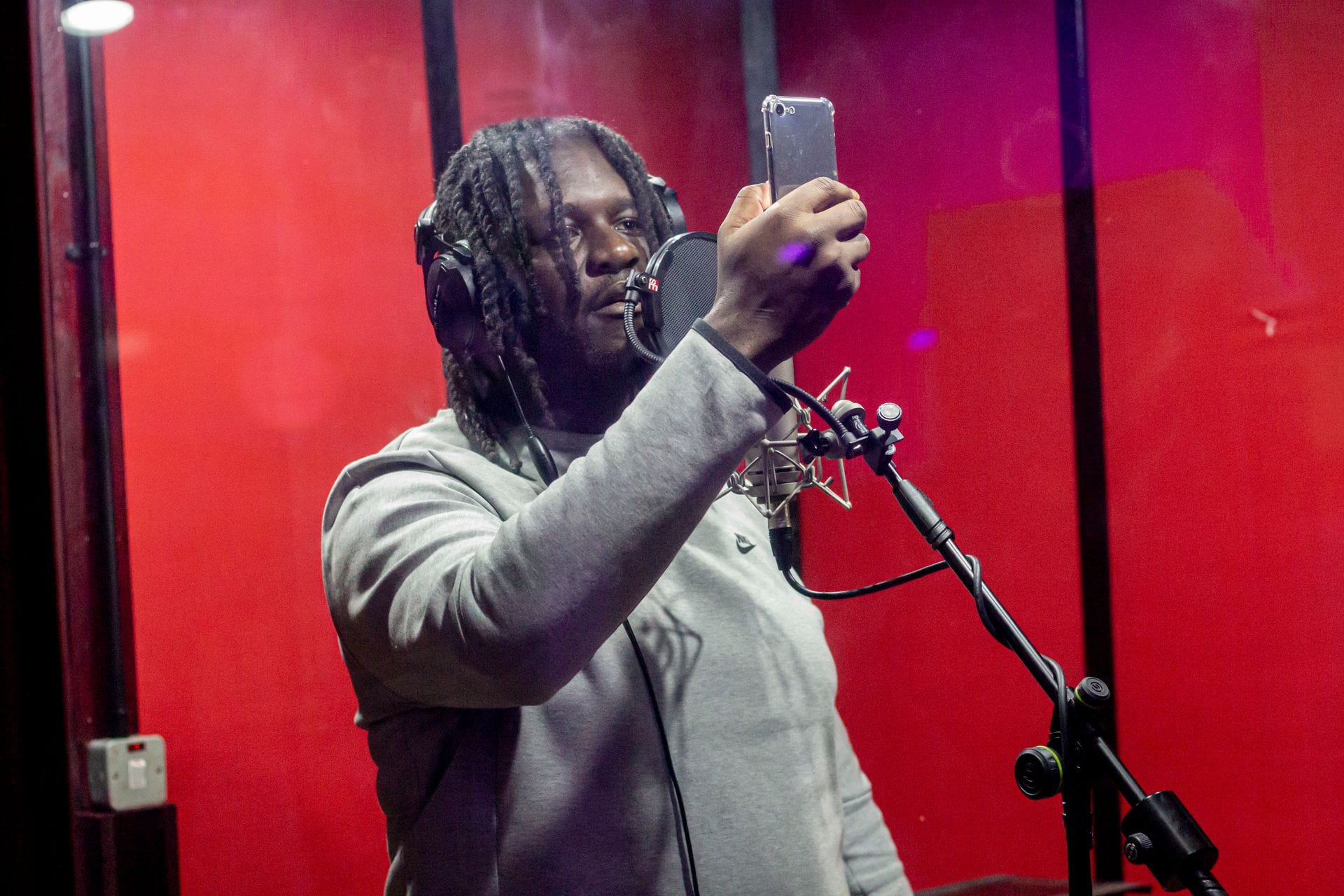Live Recording vs Multitrack Recording.
Here we are going to discuss the differences between these two techniques of recording, its advantages and disadvantages. This should help you understand how you might want to approach your recording. There’s no right or wrong answer, but there are differences that may effect the final outcome.

Live recording
Recording live can be a big advantage for bands; it can add a texture to the overall recording which gives it a more organic, natural feel due to the fact that everyone is playing together and not individually to a metronome. This works better for certain genres like funk and jazz, where the entire group can sit in the pocket of the beat together and create a natural groove which will transfer into the recording. An example of this is Vulfpeck whose recordings are always done as a live performance.
You have to be a well rehearsed band when it comes to live recordings as one small mistake will end a take and you will have to start over. This is something to take into consideration when choosing your recording technique because it means that you could require multiple sessions in the studio to get more than one song done. This would make the overall process quite lengthy and expensive.
A precise set up will be needed; good amp positioning, preamps set up so no peaks come through in the recording (compression, limiters), drum shields and also smart microphone usage.
In a live set up it is hard to use a variety of microphones due to their sensitivity. You want to avoid as much mic bleed as possible, so usually you’d go with sm57, sm58 or sm7b (guitar and vocal mics mainly) as they are dynamic and only pick up sound from one direction. This minimises the bleed, making it easier to EQ in the post-production process leading to a cleaner, better sounding mix.
Multitrack recording
When multitrack recording you have a lot more freedom as it’s a recording of multiple sound sources to create a cohesive whole.
The two most important things when you use this process are microphones and tone. Due to the nature of multi tracking you can trial-error with a lot of it with your sound engineer and find what fits your sound.
You can have multiple layers of the same instrument or vocal. This will thicken up the recording and give you overall a bigger sound.
Because everything is recorded individually, the sound engineer has a much easier time applying post-production effects like EQ and compression as there is no bleed from other instruments feeding into that specific track.
Another reason why multi tracking is used is because you can overdub which saves a lot of time and stress. It can relieve pressure on the musician which can lead to a smoother recording session overall. Overdubbing is where you just record a small section of the track where maybe you made a mistake or it just didn’t sound right instead of recording the whole track again.
This works with vocals as well where you can record small parts instead of singing through the entire song which means less auto tune and less strain on your singers voice.
The mix will always sound tight as you are recording to a metronome. This also lets you copy and paste sections in because they are perfectly in time, which means less recording needs to be done.
There are a few dangers when it comes to multi tracking. Sometimes you don’t get the natural organic feeling of the song; it can sound too perfect and you can over-process the song with effects that may not be necessary for the track.
Conclusion
Live recording – can be difficult and a more complicated process. It requires you and your band members to play perfectly but, if you do it right, you can get way more emotion and raw energy in the final recording.
Multitrack recording – is more simple and flexible. Being able to get the perfect take for everyone means, overall, a better sounding song. But you can lose emotion and the power of a live performance.
